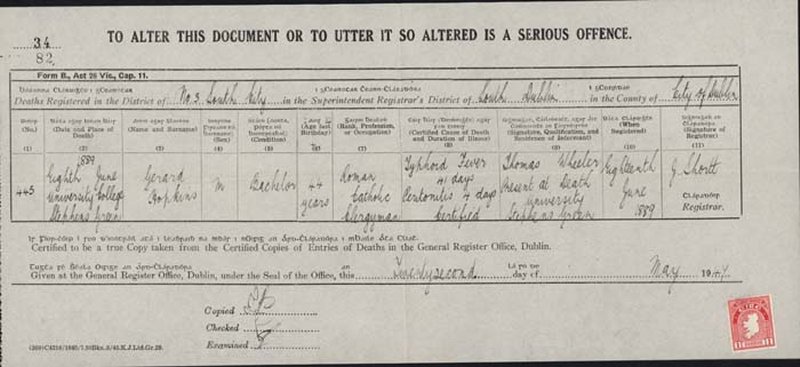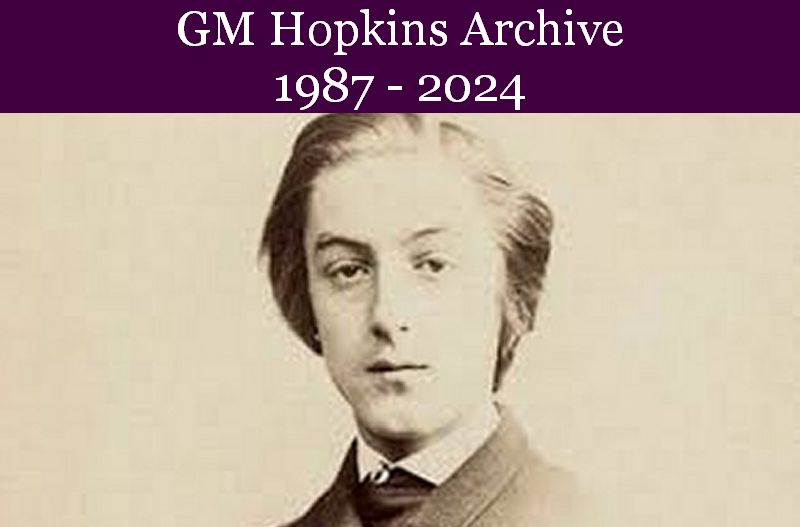Finnish poet, Kirsti Kunas, translates Pied Beauty
Interview by Riina Katajavuori
Distinguished Finnish poet, translator,
Unique writer of children's poetry, Collected Poems – Poems for Adults,
Kirsti Kunnas, distinguished Finnish poet, translator, mostly known in her home country as a unique writer of children's poetry, published her own Collected Poems – poems for adults, this time – in the late 1990's.
In the end of the book there is a sequence of her translations as well. Kunnas has chosen some samples poetry translations (trasnlations of Federico Garcia Lorca, Juan Ramon Jimenez, Viiu Härm, Ellen Niit, Paul-Eerik Rummo).
But the first poem in this sequence is Pied Beauty by Gerard Manley Hopkins. First, it is printed in English in this book, and then – peculiarly enough – two translations follow. The first translation is dated 1949, and the second translation, is from 1992.What is the story behind this? And how has the translation changed during 43 years?
I decide to phone Kirsi Kunnas. She sounded delighted on the phone and immediately began to recite Hopkins in English, by heart. She tells me that it took her 6 months to 'get inside' this poem. It also took some time to be able to choose which poems she wanted to, and could translate. She ended up translating Pied Beauty and Spring. The poems were published in a Finnish literary journal Näköala in 1949. “I tried to find the long stroke of the internal rhymes & words, Hopkins'ss language is like playing violin or painting with long strokes. Hopkins has a strange skill.” “Which one do you think is better?” Kirsi Kunnas asked me on the phone. “Be honest!” she adds. “I must say”, I answered, “that the second one is better, in my opinion. It is more precise, you need less words, but Hopkins'ss idea comes out in a clearer way”, I explain to her, shyly, as she is a highly respected elderly colleague, soon approaching 90 years of age. “Yes! And somehow, when I was doing the second translation,I felt that Finnish language had got shorter, altogether,” Kirsi Kunnas explains. Very true, I think – and perhaps this applies also English language, if you think how language has changed during the last, say, 70 years?
“And, perhaps I had learnt something in the time being, my skills and my technique had improved a little,” says Kirsi Kunnas modestly.A lot in deed had happened in her career between these two translations. The 1949 translation was the very beginning of her career as a translator, and she was only 25 years old then. The later translation includes the required life experience, and the perception needed with Hopkins's poetry & poetics.
In 1950's Kunnas translated the English Nursery Rhymes into Finnish, or rather re—wrote or re—created them in our language. This was a revolutionary book in Finland and these nonsense poems started a whole new era in children's poetry, thanks to Kirsi Kunnas's liberated, wild and free and imaginary translation. After this book she began to write her own nonsense poems for children, and she found and used playfulness and puns and joy of words which to this extent had earlier been unknown in Finnish children's literature. Aside she also continued publishing her more serious poetry for adults. To the anthology called “Postil for laymen” (edited by Hannu Tarmio), where her second translation of Pied beauty was first published in 1992, she also wrote a mini essay where she explains the poem as she sees it. In the poem Pied beauty, Kirsi Kunnas was fascinated by the likeness of a painting.It is like a pointillist or an impressionist painting of a landscape. Or an abstract composition with complementary colours. It is a poem about seeing.
Kirsi Kunnas finds it captivating that although Hopkins never saw his landscape from an aircraft, (aero)plane, as we modern people can see it when we fly, but he nevertheless was able to see and imagine the world from the bird's perspective, the earth like a patchwork quilt, or as a cartogram. The earth lies flat below the speaker of the poem. The basis of his seeing was his concept of God. God's continuing creation in life and in nature, the beauty which in its opposite ends varies itself like slow in fast, sour in sweet, darkness in light. In Hopkins's ”painting” we also see the human being and his or her work – it can also be seen as Pied Beauty.'But how about now?', asks Kirsi Kunnas. Now when we see spots of ugliness in the destroyed and abused nature, when we in our global consciousness know all about destroyed forests, polluted rivers and unprotected sea, and the cities covered in smog?
Can we still choose to believe in the ethos of the poet – that in darkness we can see glimpses of light, that the darkness which we see in the negative, once developed into a picture, will include light? And I must add that some of Hopkins's poems have been translated into Finnish also by Aale Tynni and Risto Ahti. But my presentation concentrated on Pied Beauty (“Täplikäs kauneus” in Finnish. And who knows, there might be more translations in the future, after Johanna Venho and I return home from Ireland!Pied Beauty was the Hopkins poem selected for the 2010 Multilingual Translation Workshop)
Links to 2009 Hopkins Festival Lectures
Lectures from GM HOPKINS FESTIVAL 2023
- Vision and perception in GM Hopkins’s ‘The peacock’s eye’ Katarzyna Stefanowicz
- Morning's Minion:Hopkins,Trees and Birds Margaret Ellsberg
- Joyce, Newman and Hopkins : Desmond Egan
- Hopkins and Death Eamon Kiernan
- Landscape in Hopkins and Egan Poetry (Giuseppe Serpillo)
- Walt Whitman and Hopkins Poetry (Desmond Egan)
- Emily Dickenson and Hopkins Poetry (Brett Millier)
- Dualism in Hopkins Poetry (Brendan Staunton SJ)
Gerard Manley Hopkins’s diary entries from his early Oxford years are a medley of poems, fragments of poems or prose texts but also sketches of natural phenomena or architectural (mostly gothic) features. In a letter to Alexander Baillie written around the time of composition He was planning to follow in the footsteps of the members of the Pre-Raphaelite Brotherhood who had been known for writing poetry alongside painting pictures ... Read more
Margaret Ellsberg discusses Hopkins's connection with trees and birds, and how in everything he wrote, he associates wild things with a state of rejuvenation. In a letter to Robert Bridges in 1881 about his poem “Inversnaid,” he says “there’s something, if I could only seize it, on the decline of wild nature.” It turns out that Hopkins himself--eye-witness accounts to the contrary notwithstanding--was rather wild. Read more
Joyce's friend, Jacques Mercanton has recorded that he regarded Newman as ‘the greatest of English prose writers’. Mercanton adds that Joyce spoke excitedly about an article that had just appeared in The Irish Times and had to do with the University of Dublin, “sanctified’ by Cardinal Newman, Gerard Manley Hopkins and himself Read more ...
An abiding fascination with death can be identified in the writings of Gerard Manley Hopkins. Easily taken for a sign of pathological morbidity, the poet's interest in death can also be read more positively as indicating, his strong awareness of a fundamental human challenge and his deployment of his intellectual and artistic gifts to try to meet it. Hopkins's understanding of death is apocalyptic. ... As will be shown, apocalyptic thought reaches beyond temporal finality. Hopkins's apocalyptic view of death shows itself with perhaps the greatest consequence in those few works which make the actual event of death a primary concern and which, moreover, leave in place the ordinariness of dying, as opposed to portrayals of the exceptional deaths of saints and martyrs. Read more
Lectures from Hopkins Literary Festival July 2022
Hopkins Dies in Dublin and is buried in Glasnevin Cemetary (Patrick Lonergan)
Gerard Manley Hopkins and his friends in Dublin: (Michael McGinley)
Hiberno English and Gerard Manley Hopkins's Poetry : (Desmond Egan

Lectures delivered at the Hopkins Literary Festival since 1987
© 2024 A Not for Profit Limited Company reg. no. 268039
